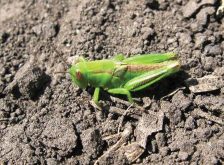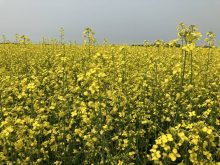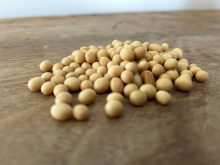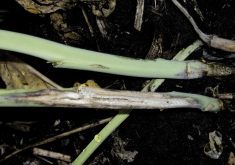Glacier FarmMedia – Canola Council of Canada agronomist and insect management lead Keith Gabert is warning producers about flea beetles.
“The biggest challenge with flea beetles is we just don’t know,” he said. “We really can’t predict this particular insect pest, which is really humbling because it’s our No. 1 insect pest.”
To help producers get ahead of the threat, Gabert and the canola council have started a “Stand Up to Flea Beetles” campaign, with advice on how to prepare for an infestation.
Read Also
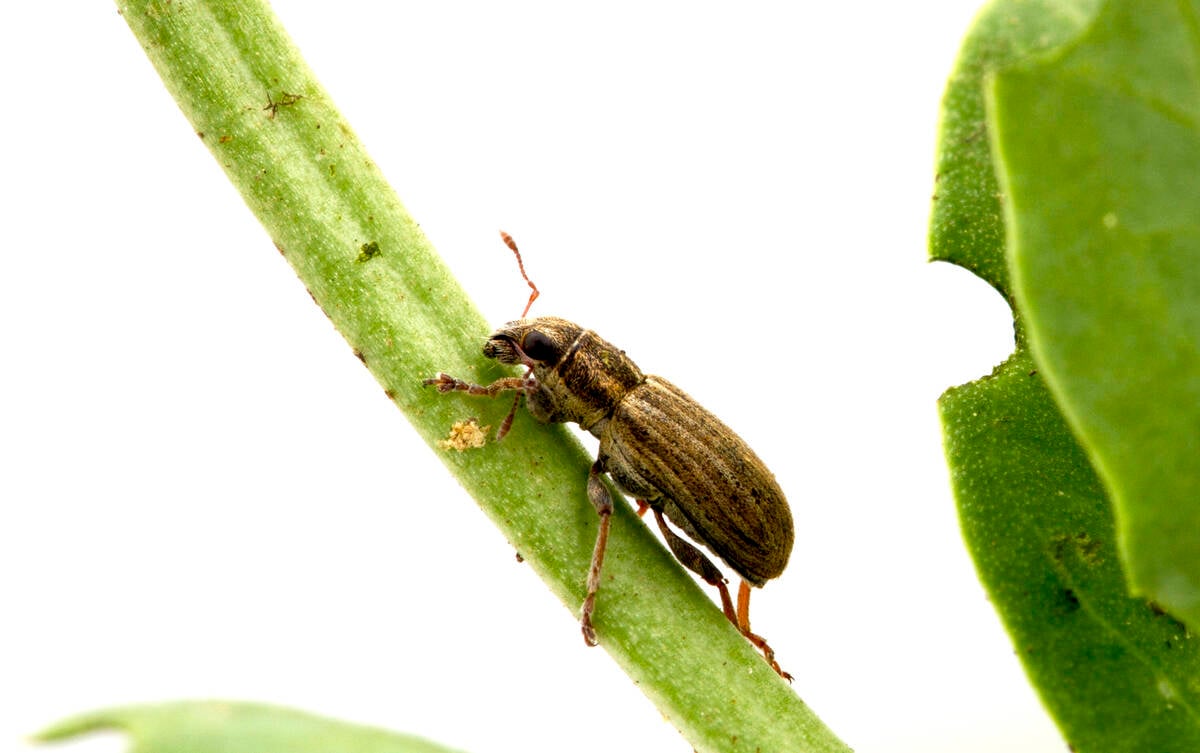
Growers urged to monitor for pea leaf weevil despite low 2025 activity
The pea leaf weevil has moved north in Alberta, but the outlook for damage from the insect is 2026 is promising.
Guard up
Much of Gabert’s advice centres on stand establishment. He recommends a density of five to eight plants per square foot to spread out damage. Assuming a fixed number of flea beetles, more plants means fewer insects per plant.
He also recommends shallow seeding in warm, moist soil. Seeding into moisture may allow for better germination but can result in poor or slow emergence so seed treatment protection runs out. He also warned against planting in cold conditions.
“That’s going to set you up for more concerns with flea beetles later.”
Later seeding may stave off a flea beetle infestation, and canola tends to retain yield potential longer than some other crops, but seeding too late could lead to flowering in the heat of summer and increase the risk of fall frost damage.
Once seeds are planted, it’s a waiting game. Flea beetles overwinter here, and they wake from hibernation hungry for a canola plant or related crop. All the producer can do is watch carefully, measure damage and, if it crosses the economic threshold, consider foliar control.
If there is a bad infestation, Gabert said flea beetles usually come as a package deal with some other stress.
“It’s almost always that something else has gone wrong. We’ve got a little too much trash, some crusting or some type of plant establishment problem and fewer canola plants than we’d actually like.”
Little of this information is new advice, he acknowledged.
“I’ve been with the canola council now for more than 10 years and I asked the guy before me if there was anything I should know about. He said, ‘you can only tell growers to slow down and seed shallow for so long before you want to find another message, but that’s still the best message we have for managing this crop,’” said Gabert.
Outlook
There are reasons for optimism this spring. Many meteorologists are forecasting a warm, dry season and, while the latter may spark concern after drought in 2023, short-term moisture might be available.
“A grower under drought conditions is going to be really annoyed when he reads that, but we’ll do our best with the seed bed conditions that we have,” said Gabert.
Scouting is important as the temperature rises, he added. Flea beetles increase their activity once temperatures reach 15 C, and the hotter it gets, the more they eat. Recent research suggests that feeding doubles for every five degree temperature rise, up to 25 C.
“That means that that jump between 20 (C) and 25 (C) is pretty significant. They’re already happy and eating a lot at 20 degrees, and they’ll still double their feeding rate at 25.”
Gabert further noted that farmers usually don’t scout daily unless they anticipate the need to spray. He urged them to rethink that when temperatures are rising.
“Daily scouting under hot conditions is something that’s advisable. It’s a matter of scouting frequently enough to stay ahead of the damage that’s there and still be proactive in any foliar insecticide management.
“Do all those little things when you’re seeding that you think will help that crop grow rapidly. In many cases, it’s simply a matter of not rushing or skipping some small steps.”
– Don Norman is a reporter with the Manitoba Co-operator.




